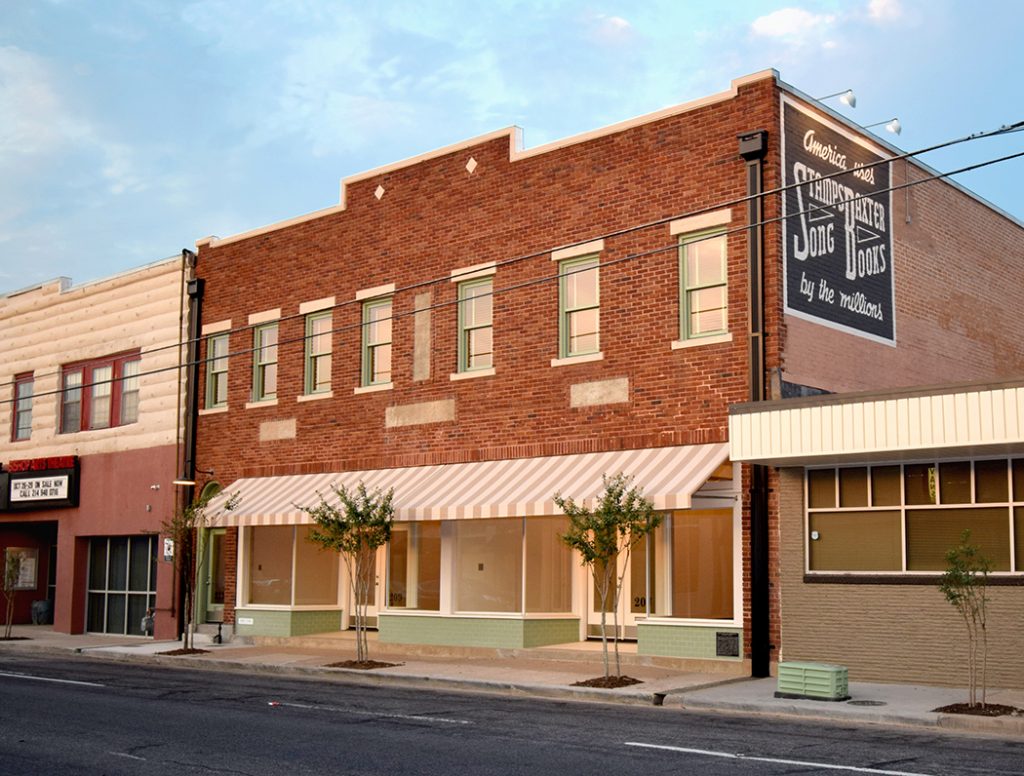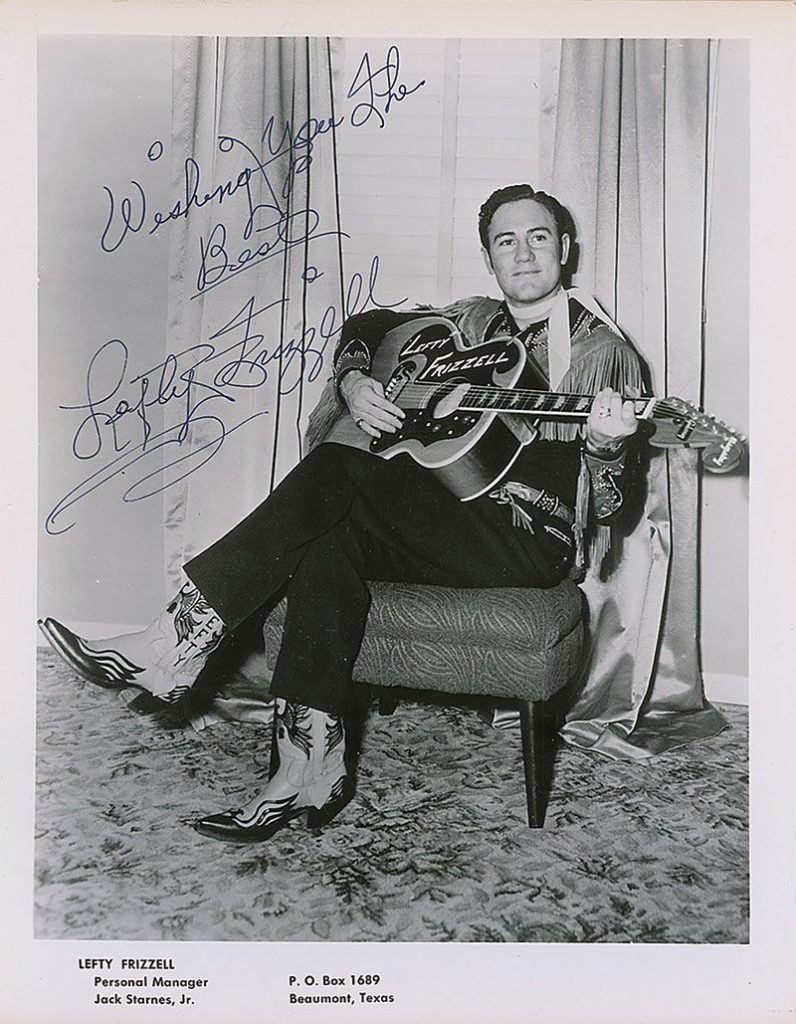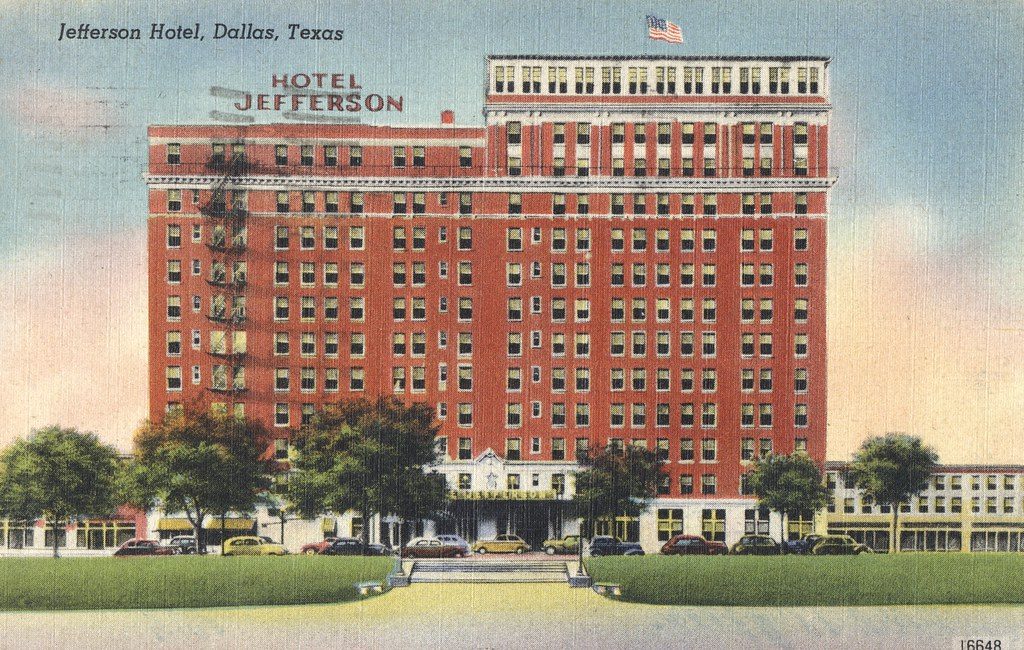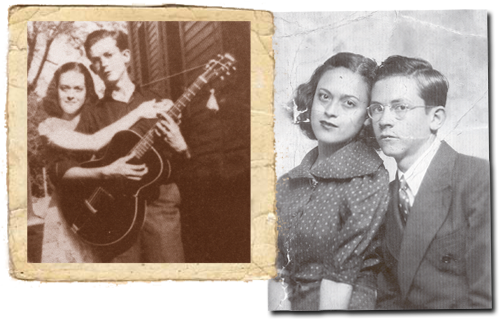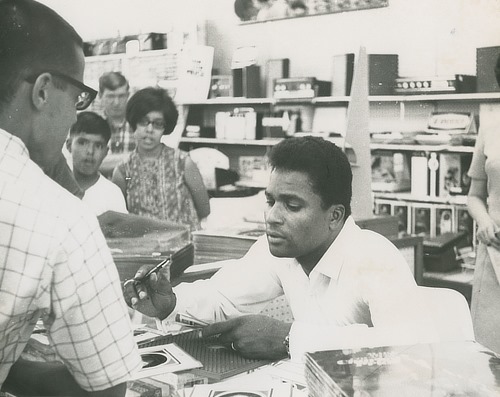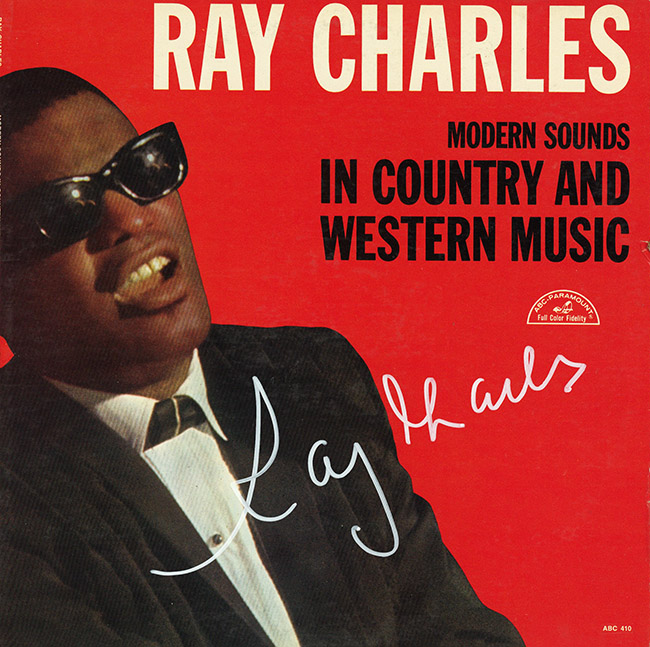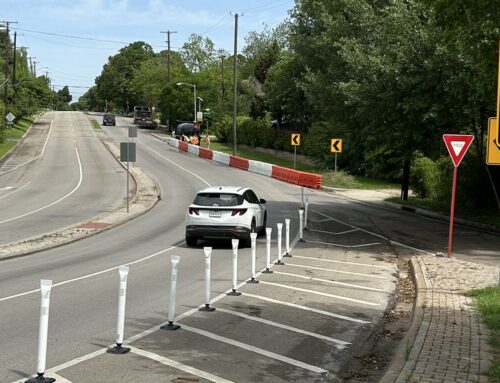There is a little well in my heart that opens up any time anything remotely related to Dallas is mentioned in conversation, and I am compelled to point out the connection.
Jayne Mansfield?
She grew up in Dallas and lived in Oak Cliff for awhile after she married her first husband, Paul Mansfield, who went to Sunset.
Slurpees?
Branded by Dallas ad man Bob Stanford in a series of radio commercials in the 1960s.
This was my exact posturing during the entirety of Ken Burns’ “Country Music” documentary on PBS. And now I am compelled to tell you all of the many Dallas connections I spotted in the series.
Let’s start with “shape notes.” One of the best scenes in the 2005 Johnny Cash biopic “Walk the Line” is when, during a high-tension moment at the Thanksgiving table, Maybelle Carter is talking about how she never learned to read shape notes. She turns to a brooding Cash and says, “Did you learn to read shape notes, John?”
Of course Maybelle Carter never learned shape notes because, as a music virtuoso, why would she? Shape notes are a system of musical notation designed for gospel group singing. It was an easy way to teach church congregations and other singing groups to sing the harmonies and melodies.
One of the largest publishers of gospel songbooks, which used shape notes, was Stamps-Baxter Music Co. in Oak Cliff. If you were a white Christian in Dallas in the 1930s, the most fun you could probably have would’ve been one of Stamps-Baxter’s all-night gospel group sings at the Cotton Bowl, which were broadcast on KRLD.
Next, Gene Autry. He was born in Grayson County, and after he became famous, he invested in movie theaters in Dallas. They included the Kessler Theater, which was built in 1942 and purchased by Autry’s company in 1947. He also opened the Beckley Theater, which is still standing. Now-demolished theaters the Autry company owned here included The Strand aka The Hill, Wynnewood Theater, Midway Theater on West Jefferson, the Sunset Theatre on South Hampton and the Spanish-language Rosales Theatre in West Dallas.
Lefty Frizzell was from Corsicana, about an hour southeast of Dallas, and he recorded his first songs here.
Producer Jim Beck saw Frizzell, who was performing in Dallas dancehalls at the time, and in July 1950 invited him to his recording studio at 1101 Ross Ave. They recorded four of Frizzell’s own songs, including “If You’ve Got the Money, I’ve Got the Time.”
The song spent 22 weeks on the country charts and was the No. 1 most-played jukebox song for three weeks. It made Lefty a star and was covered by Hank Williams, Willie Nelson, Merle Haggard and Gary Stewart, among many others.
Just one of the most classic country hits ever, nbd.
Beck opened his studio in 1950 and died in an accident six years later.
In that time, he also recorded Ray Price, Roy Orbison, Marty Robbins, Webb Pierce, George Jones and the Maddox Brothers and Rose, to name a few. And, by the way, Ray Price went to Adamson High School.
Jimmie Rodgers recorded 13 songs at the Jefferson Hotel. The hotel was on South Houston Street, right across from Union Station in Downtown.
Ralph Peer of Victor Records was the first to record Rodgers and the Carter Family during the Bristol Sessions in Aug. 1927. Two years later, Peer was set up at the Jefferson Hotel, where he recorded five songs with Rodgers. In 1931, they recorded another eight songs there. Of Rodgers’ 110 songs with Victor, 22 were recorded in Texas, according to the Handbook of Texas Music.
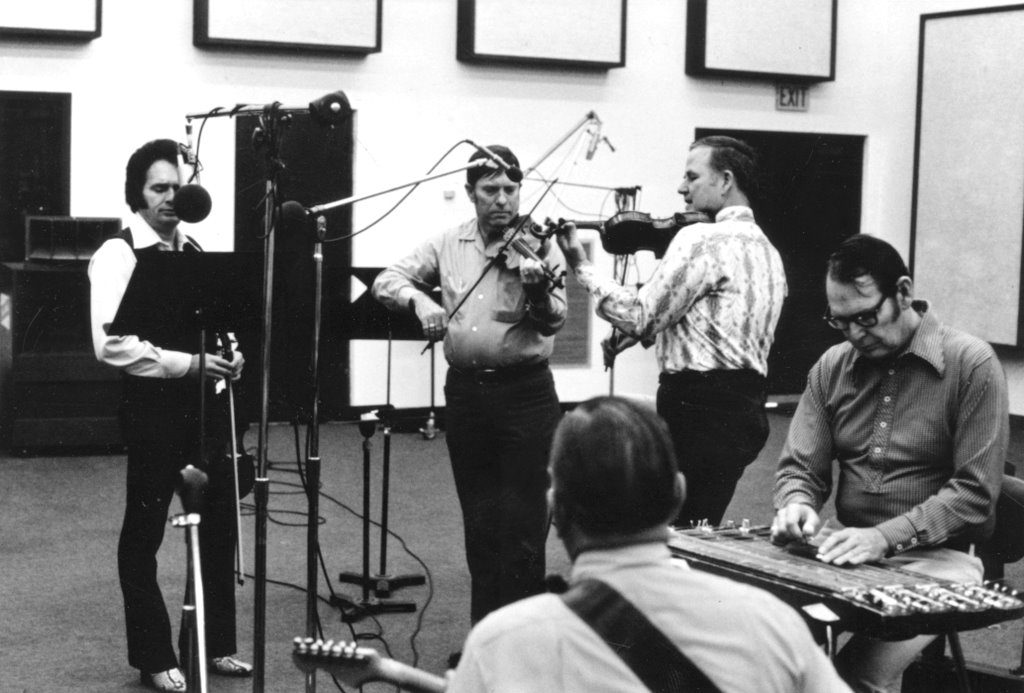
Merle Haggard, left, with members of the Texas Playboys at Sumet-Burnet Studios Dec. 5, 1973. Photo via the University of North Carolina John Edwards Memorial Foundation Collection
Bob Wills had numerous connections to Dallas. He lived in Fort Worth at the end of his life. And before he died, his last album was recorded in Dallas.
Aware that his idol was nearing the end of his life, Merle Haggard organized an album recording session at Sumet-Burnet Studios in Dallas.
They recorded “For the Last Time.” Wills died a few months later.
According to a story Marty Stuart told when he played at the Kessler Theater a few years ago, Hank Williams’ sister Irene once lived in Oak Cliff.
Irene Williams Smith lived in a duplex in Oak Cliff, Stuart said. When he performed a show at Texas Stadium in the ’80s, she invited him over because she said she had something to show him. Irene’s bio on this fan website describes her as a journalist and music historian who grew up around the music business because of her younger brother Hank. If you’re under 60, you might not know that Marty Stuart is a country musician who hosts a namesake show on RFD-TV. He was a child prodigy who’s been making a living playing country music and bluegrass since he was 12, and he’s also a country music historian. When he arrived at Irene’s Oak Cliff duplex, she showed him Hank’s hand-written versions of “Cold, Cold Heart” and many other songs. He bought a cache of Hank Williams memorabilia from her, which he’s displayed at the Country Music Hall of Fame in Nashville.
There are not enough black people in country music.
The Burns documentary explains that black people built country music but then were booted out of the genre because of racism.
Charley Pride managed to become a country star despite racism and segregation through the power of his gorgeous voice and his ability to speak truth through song. Pride is one of only three black members of the Grand Ole Opry, along with DeFord Bailey, who was the first musician introduced on the Opry in 1927, and Darius Rucker, who joined in 2012.
Anyway, Charley Pride lives in Dallas to this day.
Also, Ray Charles, whose 1962 album “Sounds in Country and Western Music” made country cool again amid the rabid popularity of rock ‘n’ roll, lived in South Dallas for a few formative years in the 1950s.
Kenny Rogers. The Gambler. I don’t know how close he ever was to Dallas, but his drummer was from here.
Sunset High School alumnus Mickey Jones played drums in Rogers’ band on tour, in the studio and on his TV show, accumulating 17 gold records. Jones is probably better known as a character actor who often played tough guys in TV and movies.
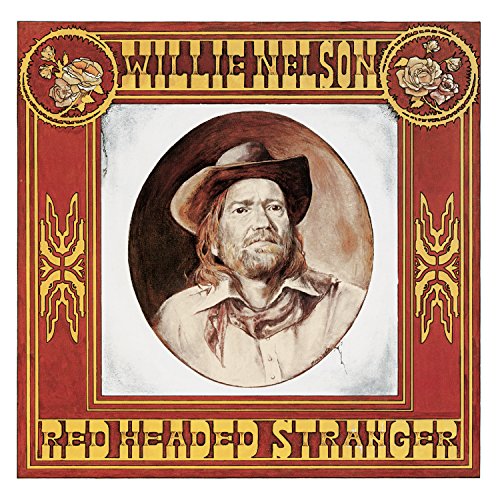 And then, y’all? Y’ALL. “Red Headed Stranger,” the album that turned Willie Nelson into a global super star and everyone’s favorite Texan, was recorded in Garland.
And then, y’all? Y’ALL. “Red Headed Stranger,” the album that turned Willie Nelson into a global super star and everyone’s favorite Texan, was recorded in Garland.
Those are the connections I just had to tell you about, without even mentioning the Big D Jamboree or the time Elvis ate a bowl of chili at a cafe on Jefferson Boulevard.
Nowadays Alejandro Escovedo lives at the Belmont Hotel, the place that also inspired country singer/songwriter Paul Cauthen’s new album.
Country music is cool, and it always has been, same as Dallas.

